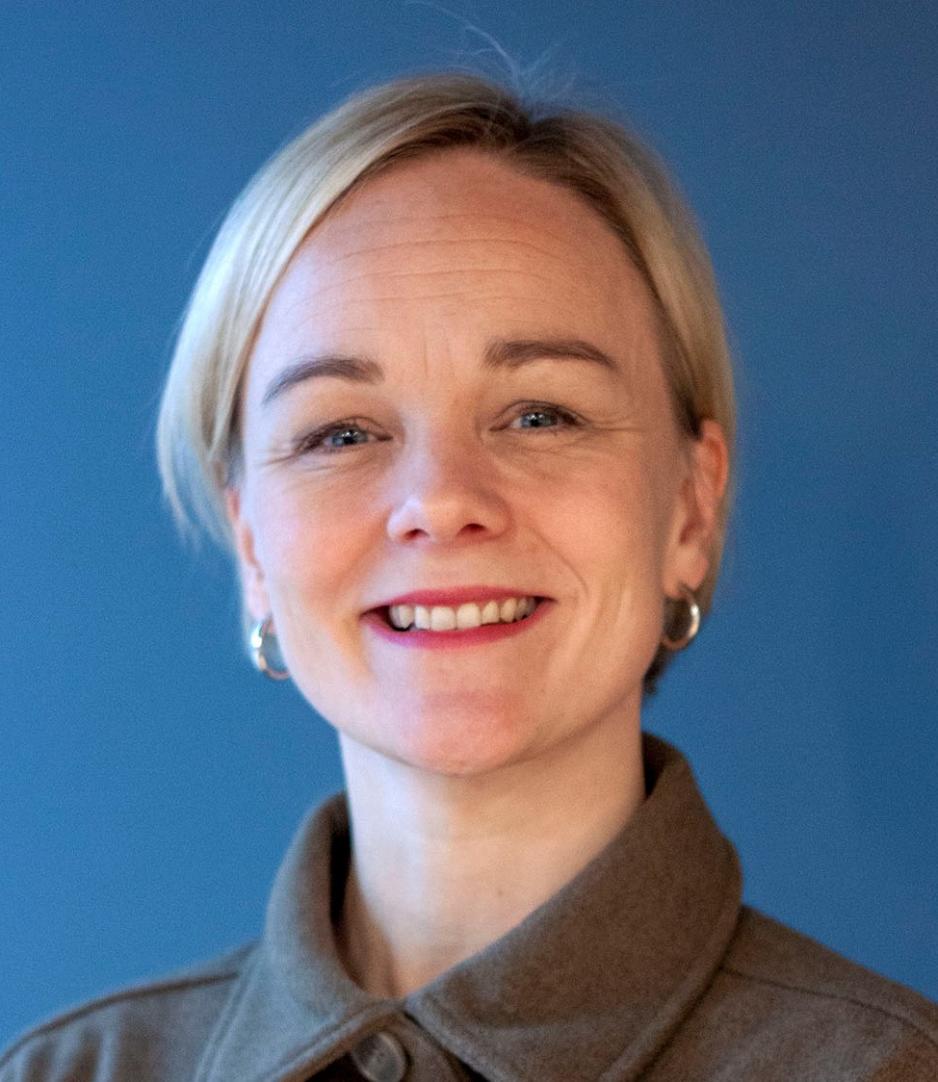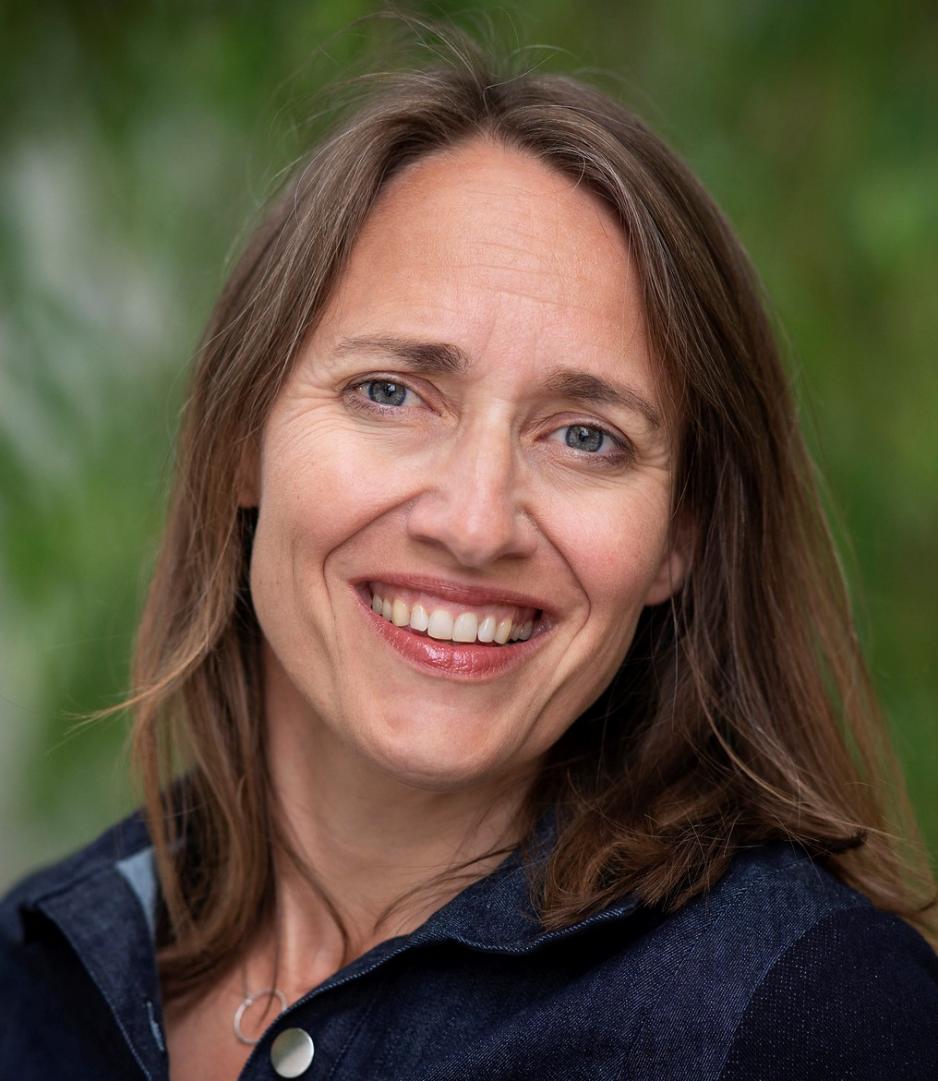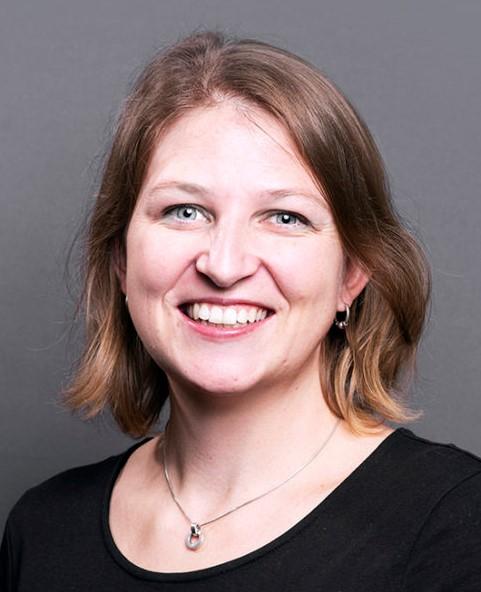“Not a goal that everyone takes higher education”
Not everyone should take higher education, but every person should have equal rights to education. We need to keep those two ideas in our minds at the same time, believes political scientist Ingvild Reymert.
Reymert analyzes social class and academia because everyone should have equal rights to education. A high level of education often means better pay and more opportunities.
“It shouldn’t be about gender or whether your name is Frank or Mohammed. We need different kinds of people, we need diversity,” says Reymert. She is head of academic unit at the Oslo Business School of Oslo Metropolitan University (OsloMet) and holds a second position at the Nordic Institute for Studies in Innovation, Research and Education (NIFU).
“But it should not be an objective for everyone to take higher education. We need to keep those thoughts straight in our minds.”
Over time, we have built up a good deal of knowledge in Norway about gender equality and diversity in higher education and about measures to promote gender balance and ethnic diversity. In recent years, statistics have been collected on foreign researchers as well as descendants of immigrants in research and higher education.
But what does the research tell us about social background in higher education?

Why social class still matters
Access to higher education is about society’s use of resources as well as justice for the individual, believes Professor Silje Bringsrud Fekjær of OsloMet’s Centre for the Study of Professions.
“Is it people’s background that should determine whether they take higher education, or should it be their qualifications and competence?” asks Fekjær rhetorically.
Fekjær finds there are two highly prevalent myths about class in academia:
“The one myth is that social class isn’t really a factor anymore, and the other is that practically everybody takes higher education. But the research indicates that class plays a significant role in choice of studies and in dropout rates, and that still only about one-third of Norway’s population has completed higher education.
Recent statistics on higher education students show that in 2021 around 38 per cent of people aged 19–24 were taking higher education, and 17 per cent of people aged 25–29.
See more statistics about higher education
Are research results being incorporated at the universities?
Fekjær says it is not enough that class researchers are aware of this factor – these findings need to make their way into society and into the universities and university colleges.

“There’s a general assumption that everyone takes higher education and enjoys the same opportunities. These misconceptions about class mean we need to talk about it more.”
“And where do these myths originate?”
“I believe it’s simply a matter of thinking ‘everyone takes higher education’ because oneself and one’s friends are doing it,” suggests Fekjær.
“We have spent lots of energy talking about gender and ethnicity, but social class and parents’ education level are significant in their own right, not only in a context of gender and ethnicity with an intersectional perspective.”
First-generation students – belonging or outsider
Research on inequality has been using the term first-generation student – the first family member to take higher education – for 20 years, particularly internationally, according to Fekjær. Recently, attention has been focused on this group in a number of articles and opinion pieces.
“This is not a new phenomenon to those of us researching inequalities in higher education, but I’m very pleased that it’s now becoming part of the public consciousness.”
Fekjær also emphasizes the need to ensure that the university and university college sector is aware of the issue and discussing the experience.
“The transition to higher education can be difficult enough, but even worse when one feels like an outsider,” says Fekjær, who last year wrote an opinion piece on first-generation students (in Norwegian only).
She is sceptical about universities establishing their own measures targeting first-time students.
“Instead, the point should be that whatever helps first-generation students is good for everyone. It will enhance the learning environment for everyone if we talk about the secret codes and expectations.”
The professor feels that academia has often not communicated well to students regarding what is required to succeed in academia and what is expected of them.
Parents’ income and education affect their children’s opportunities
Astrid Marie Jorde Sandsør is also concerned with who feels at home in the university setting. Sandsør is an economics researcher at the University of Oslo’s Department of Special Needs Education, and holds a second position at NIFU.
“Is it the case that students whose parents took higher education feel a greater sense of belonging on campus than students with less-educated parents?”

Regardless, class is a complex concept, says Sandsør. The distinctions run deeper than having parents with less or more education – another important factor is the parents’ income level.
“From one generation to the next, we see a far greater change when it comes to income compared to education level.”
“Among children whose parents have a low level of education, the vast majority tend towards less education as well,” points out Sandsør, who is a member of both the Young Academy of Norway and the KIF Committee.
Gender-segregated and class-segregated fields of study
Social background also influences choice of study, Sandsør emphasizes.
“My own field, economics, is a good example. Just to think of applying to the study programme, one basically needs to hear about it from parents or some other figure.”
“And we mustn’t forget that even in Norway, being a student costs money. In addition to the actual expenses, we need to factor in the alternative cost of how much money could have been earned by going straight into the workforce. As a rule, taking higher education pays better in the long run, but is everyone aware of that, or does that also depend on one’s social background?”
Most of us know that some fields of study are gender-segregated; certain professional programmes are female-dominated, such as nursing, or male-dominated, such as STEM fields (science, technology, engineering and mathematics). But what role does social background play in determining these dividing lines?
“The main differences are between who takes higher education and which study programmes they choose,” explains Silje Bringsrud Fekjær.
“There are clear and strikingly constant differences when it comes to the correlation between parents with higher education and students who embark on the lengthy, more theoretical study programmes.”
Choice of shorter or longer education is “inherited”
Ingvild Reymert agrees with this assessment.
“It’s quite clear that higher education is class-segregated. There is a greater chance that young people whose parents took higher education will choose it as well,” says Reymert, citing several studies.
“In particular, young people whose parents took long studies to become doctors, lawyers and dentists, for instance, more often choose these programmes for themselves. Working-class young people, on the other hand, tend to choose shorter professional programmes.
Reymert explains this in terms of primary and secondary effects:
“The primary effect is about the children of parents with higher education getting better grades at school, which could have both biological and social reasons. They then go on to take higher education themselves.
“The secondary effect is that young people from different social backgrounds, even when they earn the same grades, choose differently. This may be a function of young people using their parents as a guideline and wanting to avoid downward mobility. It feels more natural to take a master’s degree if one’s parents are highly educated,” says Reymert.
Social background and dropout rate
Dropping out can be a problem for both the individual who does not complete his or her education, and for the institution that does not get its students through their study programmes to earn a degree.
Reymert explains that NIFU has examined the role of social background, among other factors, in completion and dropout rates.
“Completion rates are also related to class background,” she points out, citing research (in Norwegian only) by her NIFU colleague Elisabeth Hovdhaugen showing that students tend to complete their studies more often if their parents have higher education, compared to having less-educated parents.
But Reymert explains that besides class background, there are other factors that also affect completion and dropout rates:
“We find that women complete their studies more often than men, that students who actively attend and participate drop out less, and that dropout rates are lower for subjects with high admission requirements.”
Even though Reymert does not have experience with an intersectional perspective, she sees great value in examining the interaction between gender, class and ethnicity.
“We know for instance that male students from working-class families drop out more than their female counterparts.”
Less class difference in professional programmes
Professional programmes are the exception. Professor Fekjær points out that dropout rates are lower for these studies.
“We generally find that lower social background increases dropout rates, but in the professional programmes there is less difference in this regard when we compare the education levels of parents.”
‘This is likely because there is better follow-up in many professional programmes than in many of the university subjects. And because the subject matter is not as vague and impenetrable as many other subjects, nor as class-determined as many university subjects,” Fekjær suggests.
She brings up police students, who as a group are remarkably undefined by social background:
“Police students are a fascinating group for being so homogenous when it comes to values and attitudes.”
Although working-class students are not overrepresented in the professional programmes either, Fekjær says that young people from working-class backgrounds do tend to choose shorter education than young people with higher-class backgrounds.
“Working-class young people have a stronger drive to take education as a direct approach to the labour market, such as nursing and engineering. And they tend to shy away from subjects such as law, medicine, philosophy and art history.”
New, improved admissions system?
Earlier this year, Astrid Marie Jorde Sandsør started up an interdisciplinary project to assess how well the admissions system works, funded by the Research Council of Norway.
“We will examine who is admitted to upper secondary school and to higher education, and social background is one component we are investigating,” she says.
“For example, we will compare how well it goes for students who just barely get admitted, or barely miss being admitted, to a study programme, and whether their outcomes depend on social background.”
Since good grades from upper secondary school are the ticket into higher education, the project’s researchers are concerned with viewing grades in context with both gender and social background.
“Are young people with a higher social background – meaning with parents who have higher education and/or higher income – more skilled at talking with their teachers and understanding the system than their counterparts from a lower social background?
Sandsør worries that children of highly educated parents have access to an entirely different network and know more about how the system works, compared to the children of less-educated parents. She cites a study from Ireland, a country with an admissions system similar to Norway’s.
“Even with equal grades, young people from a lower social background were found to apply less often to programmes that are difficult to gain admission to. This may be because they don’t know about the programmes or the job opportunities after completion, or don’t know the admissions system well enough, or perhaps they lack the confidence to apply.”
“If this is the case, better information about programmes and admissions could well help to change this pattern,” Sandsør proposes.
Translated by Darren McKellep.
Greater media attention has recently been focused on students and social class, including articles and opinion pieces written by or about first-generation students.
The KIF Committee and social background
The Norwegian Ministry of Education and Research decided this year to expand the mandate of the Committee for Gender Balance and Diversity in Research (KIF Committee) to include social background.
This KIF Committee, the sixth iteration, will examine the impacts of gender as well as social and ethnic background on critical transition points in research careers, beginning with the path leading into research and all the way up to senior scientific and leadership positions.
Mandate for the Committee for Gender Balance and Diversity in Research (KIF)


